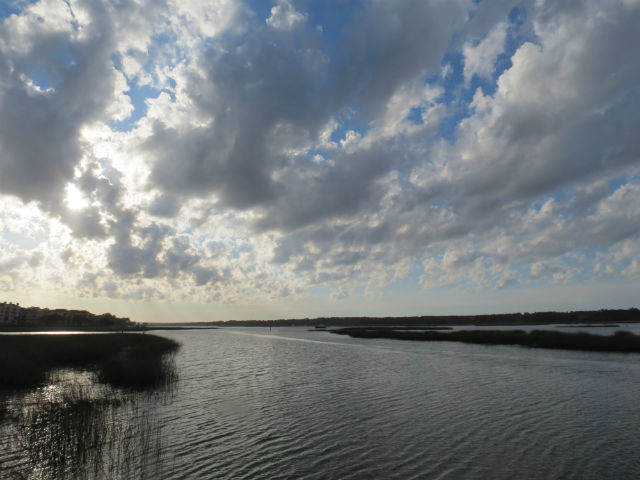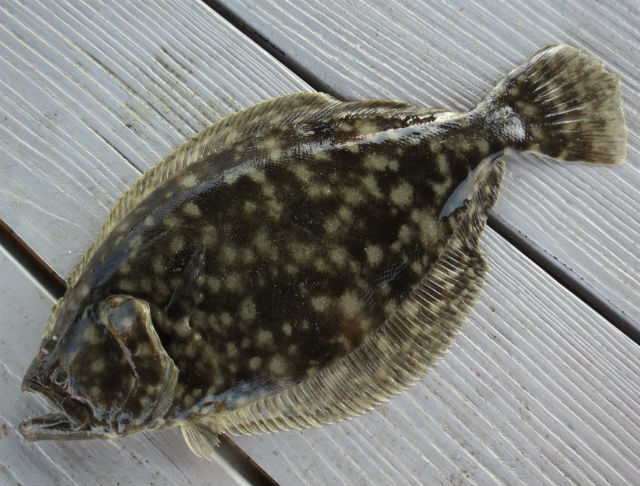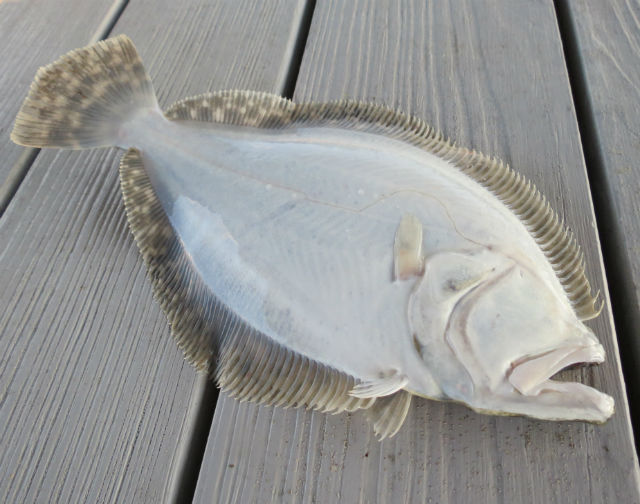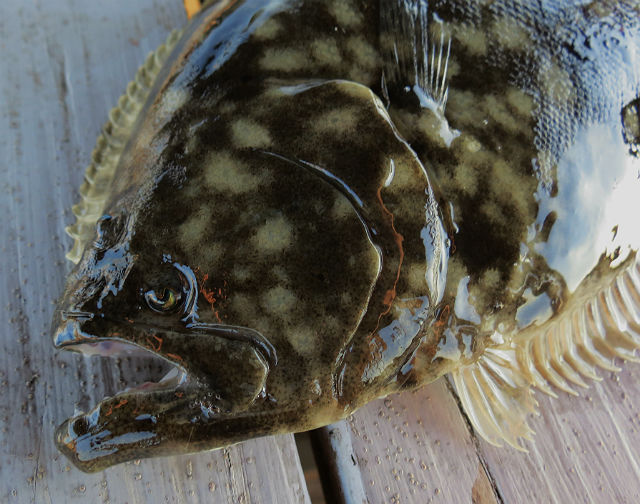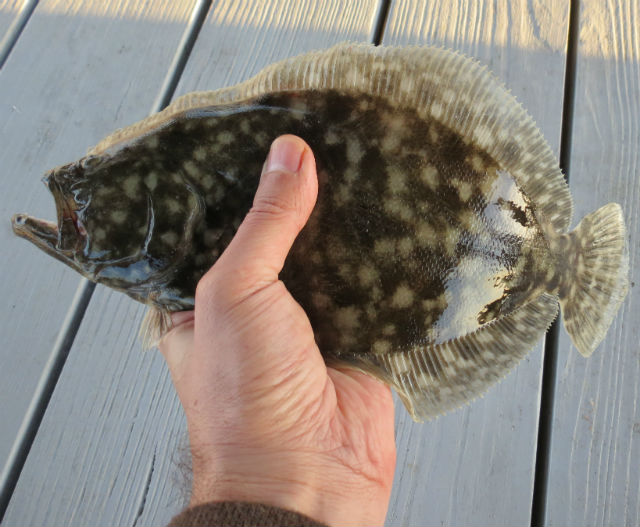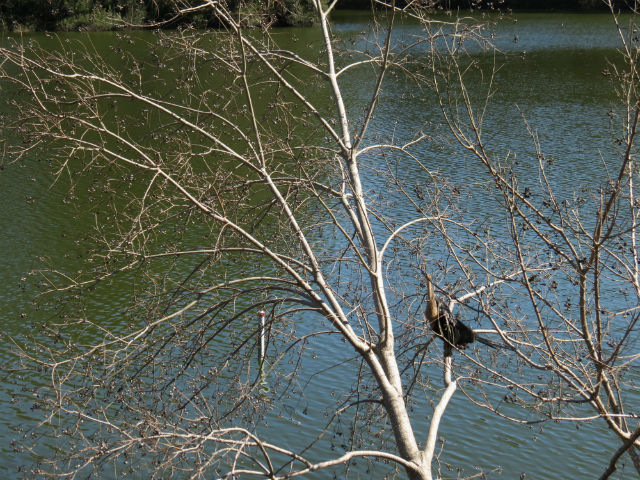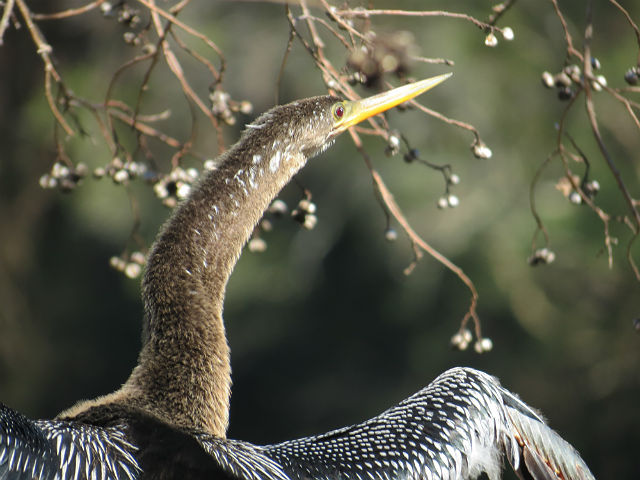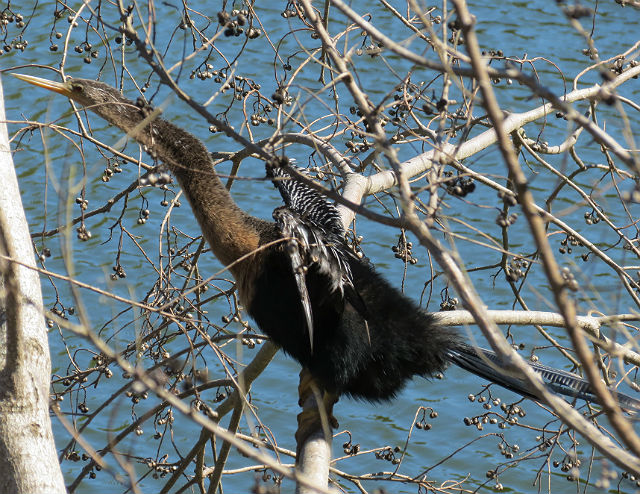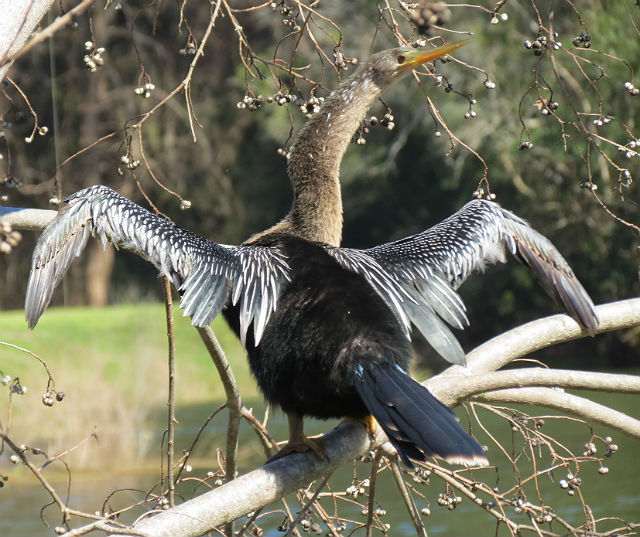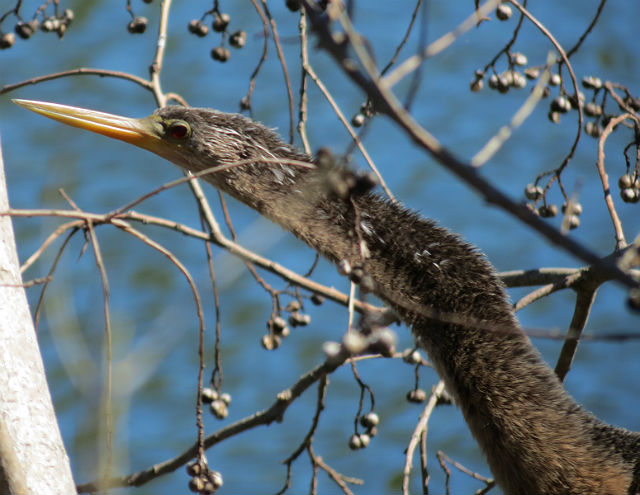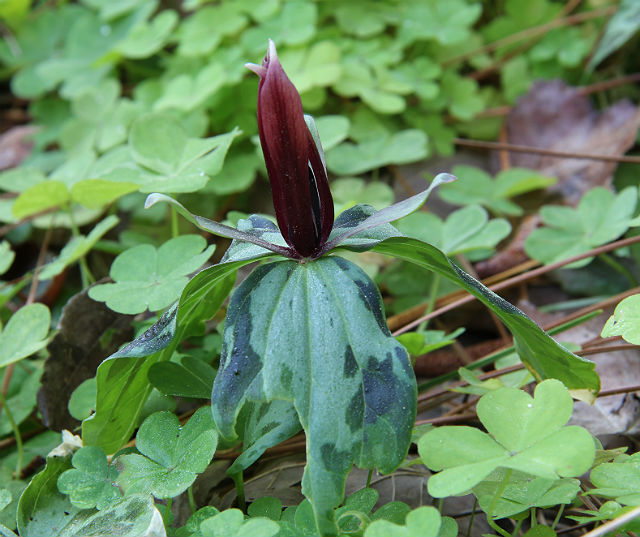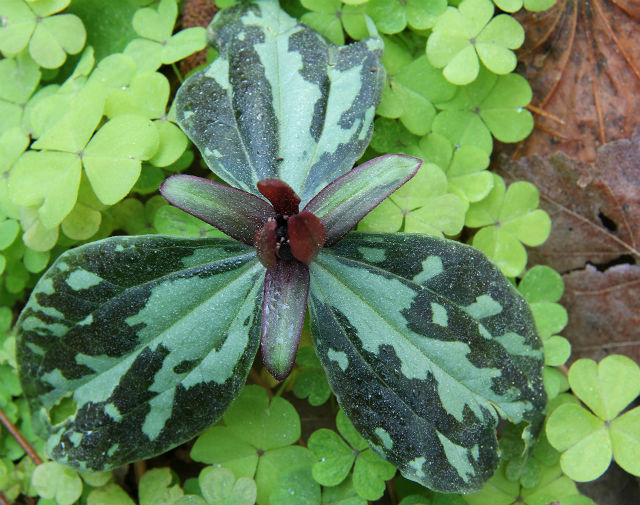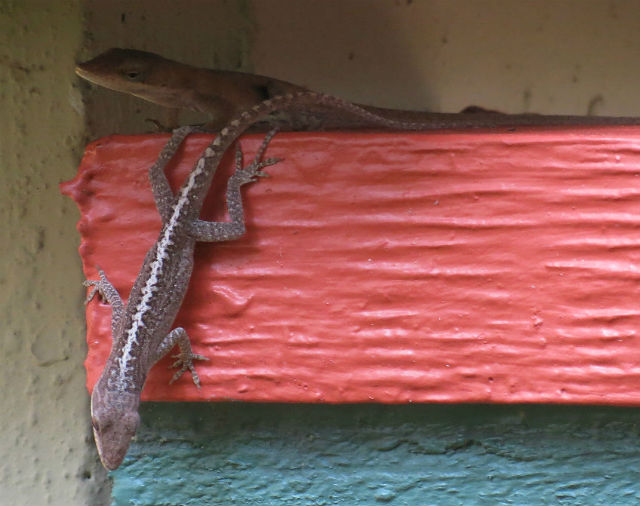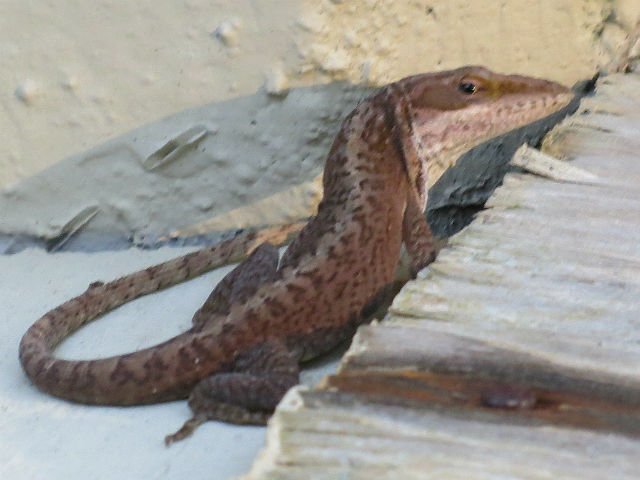I did a bit of fishing when visiting South Carolina earlier this month and caught one of these cool creatures. This fish likes to reside on mud, and to a lesser degree, sand bottoms in relatively shallow water. Southern Flounders commonly enter fresh water and have been found 100 miles up rivers.
The body is very compressed laterally and right side is white and eyeless. The left side has both eyes and is olive brown in color with dark and white spots.
Flounders are known for their unique and spectacular transformation from a normal-looking fish with an eye on each side of the head to both eyes on the same side of the head. Movement of the right eye to the left side of the head begins when the fish is a to ½ inch in length and is complete when the fish is ¾ inch to 1 inch in length. During this time, the left side develops its dark color and the right side turns white.
These fish are well adapted for ambushing quick-moving prey such as fish or shrimp. Their flattened shape allows them to become nearly invisible on the bottom. Their brain has large optic lobes to provide them with good vision, and they have large mouths and strong teeth.
Typically Southern Flounder range from 15 to 18 inches, but the fish can grow to as large as 33 inches. It was an awesome experience to meet one of these fish “in person.”

